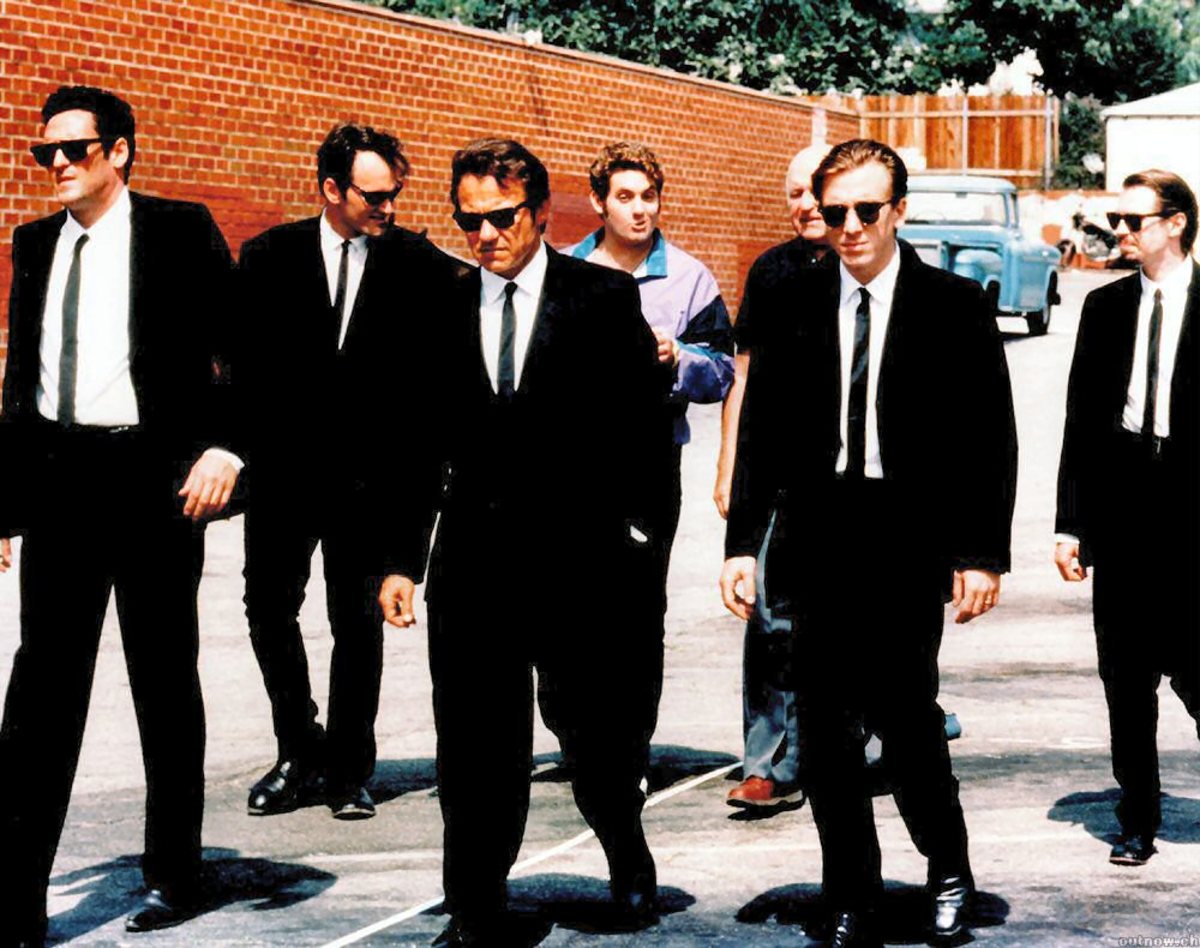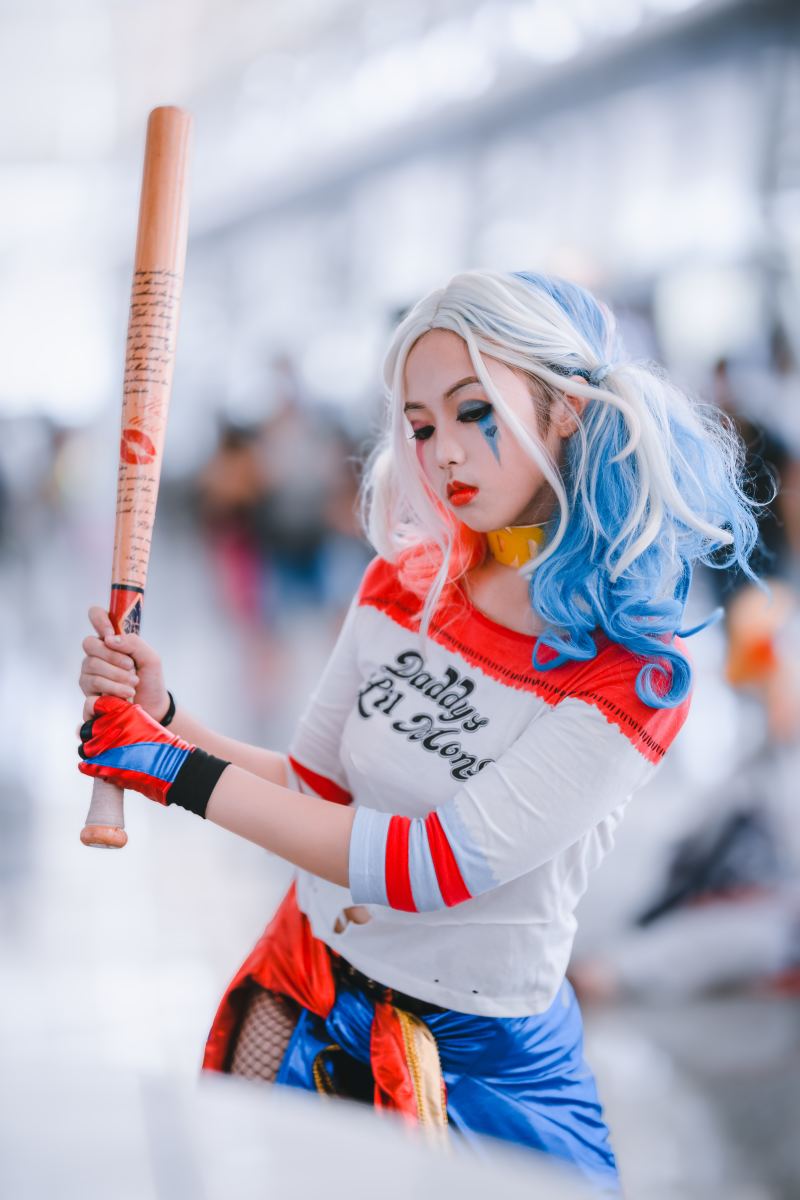- HubPages»
- Fashion and Beauty»
- Clothing»
- Costumes & Uniforms
Dressing for Order while inside the University
On the DLSU Dress Code (Written March 29, 2005)
“Students are given the liberty to come to school dressed according to their individual tastes but they are urged to adhere to the conventions of good grooming. While inside the University premises, they are enjoined against using attires considered offensive to the sensibility of other members of the academic community.”
This is the first provision of the fourth section, Social Norms, of the Student Handbook for the school years 2003 to 2006 of De La Salle University-Manila. Aside from merely discouraging students to wear improper campus attire, the handbook provided for giving sanctions of a minor offense to students caught “wearing inappropriate campus attire within the University premises” as indicated in provision 13.3.2.13 of the same document. However, the two provisions included a note informing students that the list of inappropriate campus attires and other fashion styles can be obtained from the Discipline Office (D.O.) and the office of the Student Council.
The D.O. Guide published by the Discipline Office identified on one of its pages the clothes not acceptable inside the University. Among these unacceptable clothes are shirts or blouses showing the midsection of the wearer while standing up or walking, backless clothes, clothes with plunging necklines, sandos, shorts and skirts higher than four inches above the knee, tube blouse without vest or bolero, and slippers appropriate only in houses or at beaches. Certain conditions apply on the use of caps and sports attire. Caps should not be worn during classes while Physical Education (P.E.) uniforms and other sports or athletic attire may only be worn in P.E. classes and are prohibited in all other classes. All of these restrictions constitute the debatable Dress Code Policy of the University.
During the 2004 Freshmen Elections in the University, the political party Alyansang Tapat sa Lasalista included in their General Plan of Action the removal of the said policy. Although this plan of action had never succeeded, it showed the stand of Tapat relevant to the said policy. Tapat advocates the idea of abolishing the Dress Code Policy because the political party believes that the students of the University are mature individuals who are responsible enough to be given this dimension of their freedom of expression. On the other hand, Student Council General Election candidates running independent or running under Santugon sa Tawag ng Panahon, the other party, either agree with Tapat, support the policy completely or take a hybrid stand of simply modifying parts of the said policy.
I believe that the Dress Code Policy of the University should be retained and implemented in its fullness after considering the spirit behind the rule and the probable effects of the lifting of the said policy. In defense of my stand, the Dress Code Policy maintains the formality of educational and extra-curricular processes within the University. It ensures the regular and formal flow of classroom discussions, certain convocations, meetings and other curricular activities. After all, a school is a place of formal education where students are being educated in different dimensions of their personalities. This is the rationale behind the policy of other schools which require students to wear their prescribed school uniforms.
The Dress Code Policy is also a major component of proper and ideal Christian decorum and conduct. It is part of student discipline where a student wears the appropriate attires that symbolize his/her dignity as a human being and as a student. In wearing proper clothes, one protects his/her dignity by making him/herself respectable in the eyes of his/her peers and teachers. Furthermore, he/she shows his/her respect for others by following the Dress Code Policy provisions. The policy is also created to help students and other University personnel avoid the temptations of the flesh that lead to rape, pornography and other lustful sins and criminal acts. Moreover, the policy is aligned with the Philippine laws against indecent public display—bills aimed at preventing disorders and disruptions of regular societal and organizational processes.
One would definitely note that stricter clothing policies apply to students who undergo interviews and those who present their reports and projects. Students who attend some formal seminars are even required to wear business or formal attires. These rules are set and are intended to train the students to dress properly. Moreover, considering the advantages of being presentable in job interviews and project proposals, students are also trained to present themselves well in the public.
P.E. uniforms are prescribed during P.E. classes although other sports or athletic clothing may also be used because these clothes make sports and dance more comfortable to students. Laboratory gowns are also required for students taking certain laboratory classes. Some laboratory subject coordinators even require students to wear closed shoes for the students’ safety and protection. These clothes also prevent dirt from staining the clothes. Sometimes, laboratory goggles are also required to protect the eyes from being damaged by hazardous chemicals.
Those against the Dress Code Policy of the University have a number of alternatives. They can either push for the modification of the policy or promote the dissolution of the said policy. Aside from these alternatives, the University may also opt to implement a school uniform policy that will replace the current Dress Code Policy. I believe that these anti-Dress Code Policy students would prefer the two former alternatives to the implementation of a school uniform policy. Perhaps, they would even find themselves satisfied with the Dress Code Policy if the only other option the school would give them is the replacement of the old policy with a new and stricter school uniform policy.
Anti-Dress Code Policy students argue on the grounds of freedom and responsibility. They believe that students accepted to study in the University are responsible and mature individuals; hence, students should be given the right to express themselves freely. Nevertheless, this is just an ideal assumption. Contrary to what they believe, not all students are as responsible and as mature as they are assumed to be. On the other hand, if students were really responsible and mature, they would not mind if the policy forbids them from wearing clothes, responsible men and women would not wear in a formal setting like a classroom. Furthermore, responsible and mature individuals should know how to follow rules. In addition to these, the maturity and level of responsibility of individuals in no way forbids the existence of rules and regulations. While these policies may be removed in an ideal society of mature individuals, this is just because with or without these rules, the people in that ideal society would still act in a manner similar to what they did when these rules existed because they know their limitations. In fact, rules must be retained even in an ideal setting in order for these to serve as guidelines of the people.
When the Filipino people were given the freedom to vote, they were granted the right to do so on the grounds of their maturity and ability to discern for themselves. If maturity, as Tapat believes, requires the removal of laws which limit freedom, then do they also think that Philippine laws should also be abolished? If so, how worse would the Philippines be without laws considering the current condition of the country even when laws exist? If they think otherwise, then why do they push for the removal of the Dress Code Policy in the first place? In a similar line of thought, if even with this policy, some students still wear short skirts and backless clothes, how do you think will these students dress without this policy? How would others dress?
The issue of freedom of expression through the lifting of the Dress Code Policy is not a big issue since I believe that students still have different yet more decent ways of expressing themselves aside from the use of indecorous clothes. Nay, the lifting of the Dress Code Policy of the University does not give them what they identify as the ultimate freedom of expression through indecorous clothes. Instead, Philippine laws and bills against indecent public display will still restrain students from wearing clothes that expose their private parts in the same manner as the Dress Code Policy of the University does.
The limited freedom granted to students through the current Dress Code Policy that replaced the traditional policy of having a prescribed school uniform design is enough for students to express their freedoms of expression and choice responsibly. Freedom is indeed a two-way street where one gives and receives. It is truest when it is coupled with responsibility and consideration for others. Setting limits on things we do like retaining the Dress Code Policy does not, in any way, reduce our freedom because freedom is a gift from God granted to us by virtue of our dignity as beings created in His image and likeness. Setting limits does not mean that we are treated as kids; rather, limits are set in order to guide us and protect us from the evils of the society. Indeed, the Dress Code Policy of the University is a necessary policy set forth by the University in order to protect the integrity, regularity and formality of events held within the institution. It also upholds the morality and dignity of the academic community.








